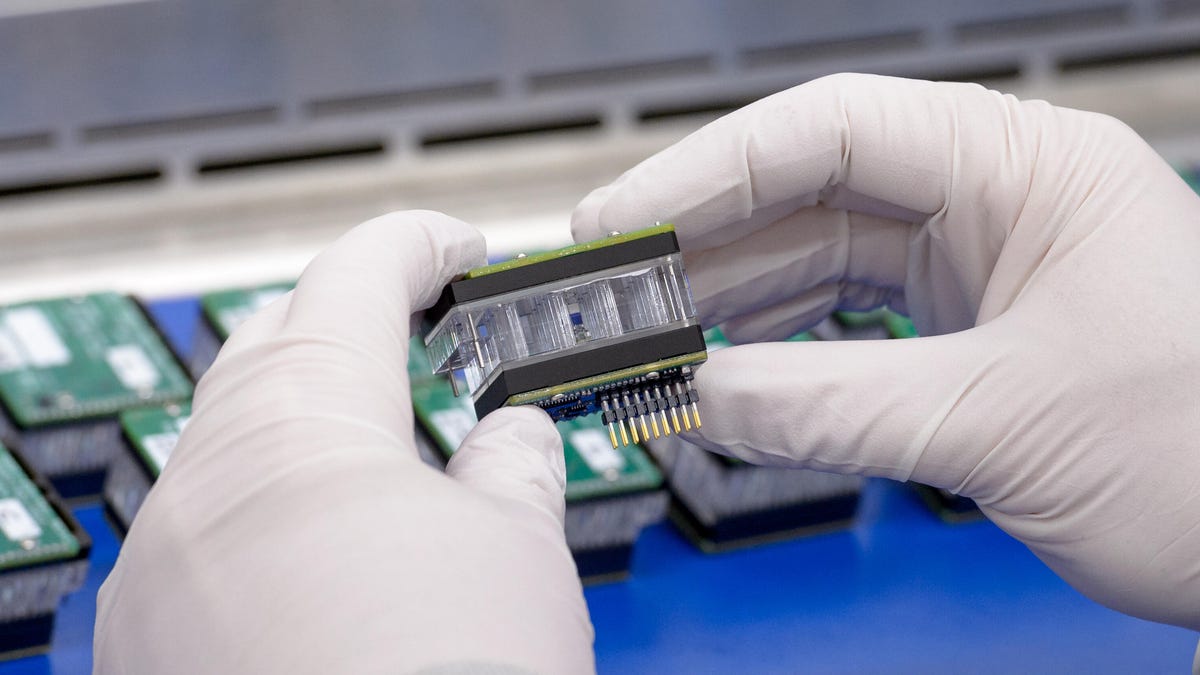NASA Yeast Mission Will Send Living Organisms to Deep Space
BioSentinel will launch on NASA's historic Artemis I moon mission.
NASA isn't making bread in deep space (yet), but yeast could play an important role in preparing humans to explore deeper into the solar system.
The upcoming launch of NASA's uncrewed Artemis I mission will do more than send the Orion capsule around the moon. It will also involve sending a collection of secondary missions off into space. One of those is BioSentinel, which will carry yeast into deep space so scientists can learn more about how radiation could affect humans on lengthy missions.
In a statement last week, NASA described space radiation as being like a nanoscale demolition derby. It can damage living cells, which is a problem that will need to be addressed as NASA looks to send astronauts out for longer-term visits to the moon and eventually Mars.
BioSentinel will monitor the vital signs of yeast, which NASA says have similar biological mechanisms to human cells. There's a mini biotech lab on board that will monitor the yeast cells. A sensor will measure space radiation so scientists can compare that data with what's going on with the yeast. NASA hopes this information will help inspire solutions for keeping humans safe in space.
BioSentinel is contained in a CubeSat, a shoebox-size satellite, that will be ejected into space within hours of the Artemis I launch. It will travel past the moon and head into orbit around the sun for a mission that will last up to nine months. "BioSentinel will be the first long-duration biology experiment to take place beyond where the space station orbits near Earth," said NASA.
This will be the latest experiment that involves blasting yeast with radiation to see what happens. Researchers exposed yeast to simulated cosmic radiation in 2019. NASA also plans to send yeast to the lunar surface to study how microgravity and space radiation affects it there.
"BioSentinel is the first of its kind," said project manager Matthew Napoli with NASA's Ames Research Center. "It will carry living organisms farther into space than ever before. That's really cool!"


